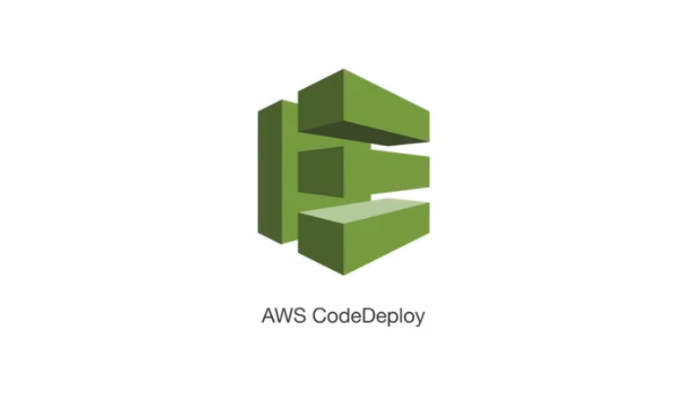Day 52 : Your CI/CD pipeline on AWS - Part 3
 Sahil Kaushal
Sahil Kaushal
AWS CodeDeploy
AWS CodeDeploy is a fully managed deployment service that automates the deployment of applications to various compute services such as Amazon EC2 instances, on-premises instances, serverless AWS Lambda functions, and Amazon ECS services. It helps you automate software deployments, reducing the need for error-prone manual operations and allowing you to deploy reliably and rapidly.
Key Features of CodeDeploy:
Automated Deployments: CodeDeploy automates the entire deployment process, ensuring consistent and repeatable deployments.
Supports Multiple Compute Platforms: You can deploy applications to Amazon EC2, AWS Lambda, Amazon ECS, and on-premises servers.
Minimize Downtime: CodeDeploy helps maximize application availability during deployments by introducing changes incrementally and tracking application health.
Centralized Control: You can easily launch and track the status of your deployments through the AWS Management Console or AWS CLI.
Integration with CI/CD Tools: CodeDeploy integrates seamlessly with other AWS services like CodePipeline, as well as third-party tools like GitHub and Jenkins.
Example Scenario:
Let’s say you have a web application running on a fleet of Amazon EC2 instances. You want to deploy a new version of this application without causing any downtime. Here’s how you can use CodeDeploy to achieve this:
Create a Deployment Group: Define a deployment group that includes the EC2 instances where you want to deploy your application.
Prepare the Application: Package your application code and upload it to an S3 bucket or a GitHub repository.
Create an Application Specification File (AppSpec): This file defines the deployment actions, such as where to copy the files and what scripts to run before and after the deployment.
Deploy the Application: Use the CodeDeploy console or CLI to create a deployment. CodeDeploy will take care of copying the files to the EC2 instances, running the specified scripts, and monitoring the deployment process.
Monitor the Deployment: Track the progress of the deployment through the CodeDeploy console. If any issues arise, you can stop the deployment and roll back to the previous version.
Example AppSpec File:
Here’s a simple example of an AppSpec file for a web application:
version: 0.0
os: linux
files:
- source: /
destination: /var/www/html
hooks:
BeforeInstall:
- location: scripts/install_dependencies.sh
timeout: 300
runas: root
AfterInstall:
- location: scripts/start_server.sh
timeout: 300
runas: root
ApplicationStop:
- location: scripts/stop_server.sh
timeout: 300
runas: root
In this example, the BeforeInstall hook runs a script to install dependencies, the AfterInstall hook starts the web server, and the ApplicationStop hook stops the server before the new version is deployed.
Thank you for reading😉.
Subscribe to my newsletter
Read articles from Sahil Kaushal directly inside your inbox. Subscribe to the newsletter, and don't miss out.
Written by
